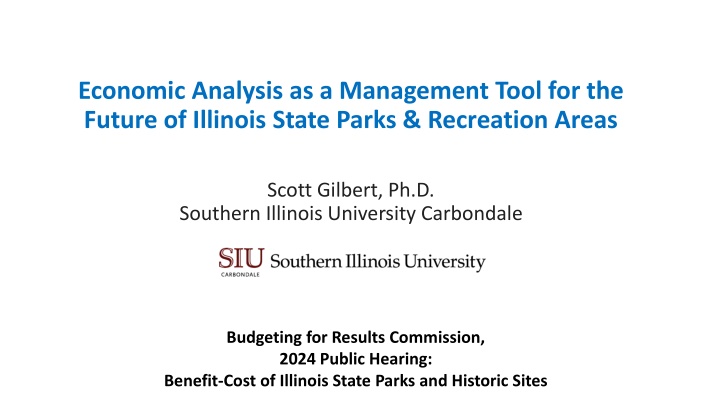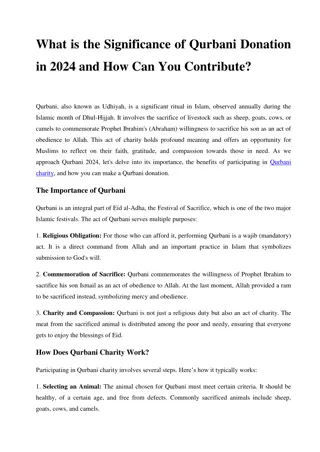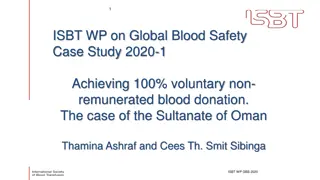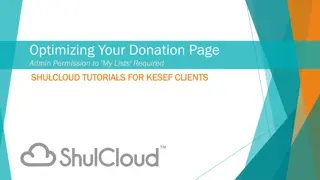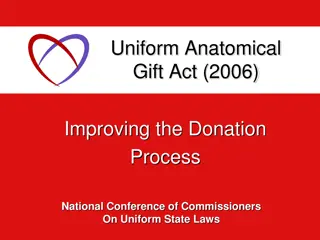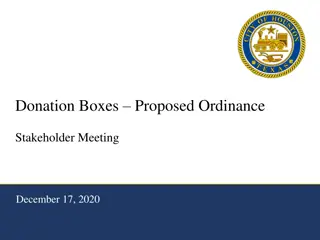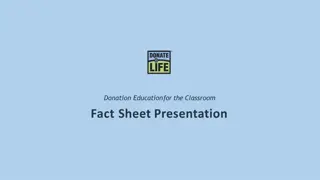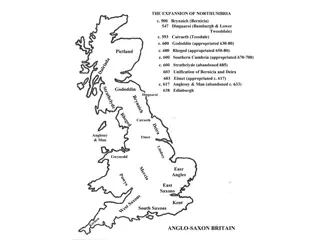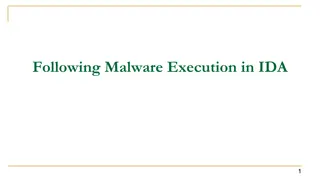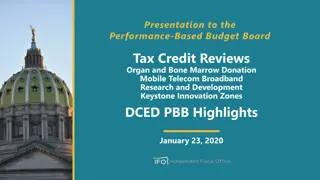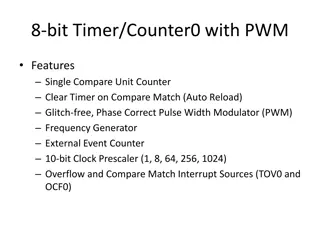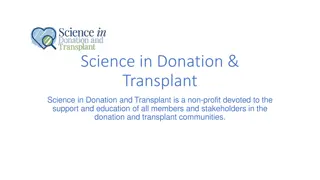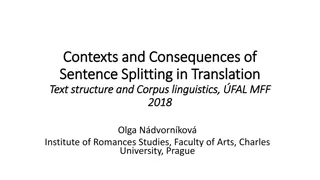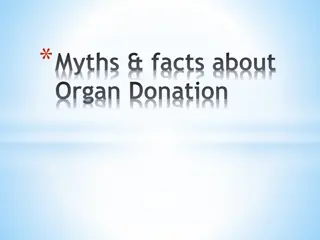Mectizan Donation Program Overview for IDA Countries
Merck's Mectizan Donation Program aims to donate up to 100 million Mectizan treatments annually through 2025 to eligible communities in IDA countries. The program follows the New WHO Guidelines, ensuring transparent tablet allocation and shipment free of charge. Country eligibility criteria and application processes are detailed, emphasizing the importance of political commitment and strategic planning for LF elimination. Stakeholders can access the Mectizan Donation Guide for IDA to facilitate the donation process.
Download Presentation

Please find below an Image/Link to download the presentation.
The content on the website is provided AS IS for your information and personal use only. It may not be sold, licensed, or shared on other websites without obtaining consent from the author.If you encounter any issues during the download, it is possible that the publisher has removed the file from their server.
You are allowed to download the files provided on this website for personal or commercial use, subject to the condition that they are used lawfully. All files are the property of their respective owners.
The content on the website is provided AS IS for your information and personal use only. It may not be sold, licensed, or shared on other websites without obtaining consent from the author.
E N D
Presentation Transcript
Economic Analysis as a Management Tool for the Future of Illinois State Parks & Recreation Areas Scott Gilbert, Ph.D. Southern Illinois University Carbondale Budgeting for Results Commission, 2024 Public Hearing: Benefit-Cost of Illinois State Parks and Historic Sites
Giant City State Park Makanda, IL
Overview & government run via the Illinois Department of Natural Resources (IDNR). Because there is no market price for most Park & Site visits, the socially efficient amount/use of Parks & Sites is hard to assess. Marginal analysis is a useful tool for spot-checking efficiency levels. Public funding levels may lean toward efficient outcomes, with enough information. Comparisons to national & other state parks may provide useful benchmarks. Illinois State Parks and Historic Sites are (mostly) free to visitors,
Illinois State Parks & Other Sites State Parks and Sites provide: recreational opportunities conservation, educational programs, public safety services On the economic side, Parks & Sites: Supports 33,000 jobs statewide, $3.2 billion economic impact in Illinois Source: IDNR
Illinois State Parks & Other Sites Illinois State Park & Site visits are free with the exception of: Overnight camping, cabin rentals Beaches ($1 per visitor) Wildlife Prairie Park ($14, age 13 & up) Source: IDNR
Parks, Sites & Economic Efficiency the socially efficient amount/use of Parks & Sites is hard to assess. By comparison, for goods & services sold in competitive markets, equilibrium outcomes are efficient provided there are no externalities or spillover effects. In competitive markets, the efficient outcome is where price equals marginal (or extra economic) cost per unit sold: Price = Marginal Cost Because there is no market price for many Park & Site visits, Source: IDNR
Parks, Sites & Efficiency, Contd In a competitive market, the efficient outcome balances benefits and costs: Marginal Benefit = Marginal Cost However, Illinois State Parks & Site visits (mostly) have no market, because: - government policy (Illinois, versus Indiana, Michigan & Wisconsin) - some Parks are hard to charge money for, and are public goods
Marginal Analysis of Parks & Sites A marginal analysis of Parks & Site efficiency is possible for a specific Park or Site, with enough info, via the golden (efficiency) rule: Marginal Benefit = Marginal Cost Example: Giant City Forest Benefits: - recreation & conservation benefits to visitors - ecosystem services worth $335,654 in 2016 (Emily Bethke, SIUC, 2016) Cost = Illinois State s annual expense to operate the Forest
Marginal Analysis, Continued If (marginal) benefit and cost are equal, funding is efficient. If benefit > cost then there is too little funding. If benefit < cost then there is too much funding.
Marginal Analysis, Continued How to value the benefit of recreation & conservation? (benefit per visitor)x(# of visitors) where benefit per visitor measured via: -- community surveys of willingness to pay -- nearby land values, hedonic analysis -- economic experiments
Marginal Analysis, Continued Illinois Dept. of Natural Resources could, in principle, do efficiency analysis of select Park & Site operations: - Tally the cost of a Park/Site, - Measure the Park/Site s benefit, directly or by transferring an existing estimate elsewhere
Marginal Analysis, Continued Illinois Dept. of Natural Resources could, in principle, do efficiency analysis of select Park & Site operations: - Tally the cost of a Park/Site, - Measure the Park/Site s benefit, directly or by transferring an existing estimate elsewhere
Efficiency & Public Funding Public funding of Illinois Parks & Sites may lean toward efficiency if State elected officials represent voter & Park/Site visitor preferences. Such efficiency would rely on officials knowledge of visitor preferences and voter preferences for environmental quality.
Efficiency & Benchmarking Comparisons to national & other state parks may provide useful benchmarks. Examples: nearby states (Indiana, Michigan, Wisconsin) Market prices as signals of willingness to pay, efficient outcomes
Questions or Comments? Scott Gilbert SIUC Economics (618) 319-2465 gilberts@siu.edu THANK YOU!
